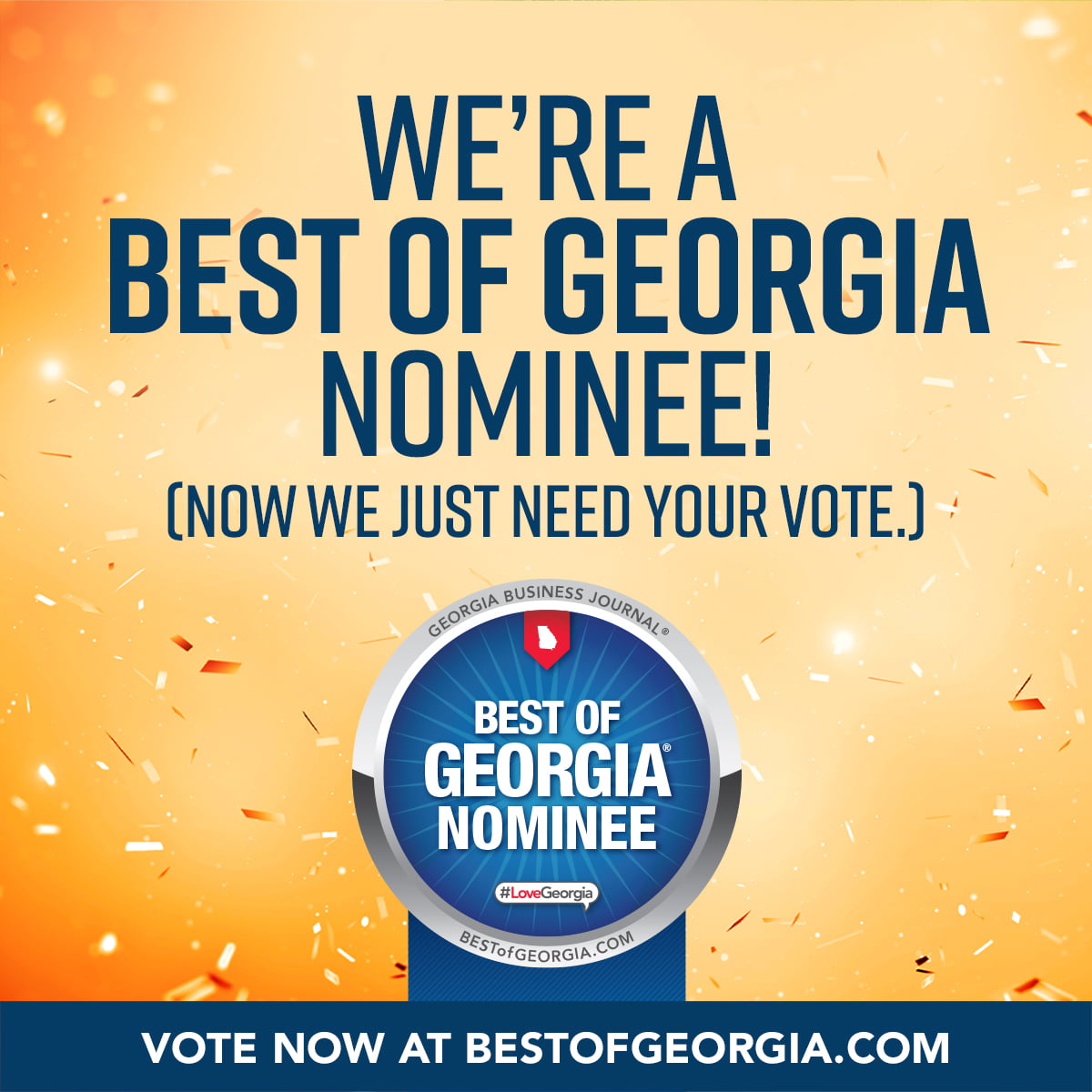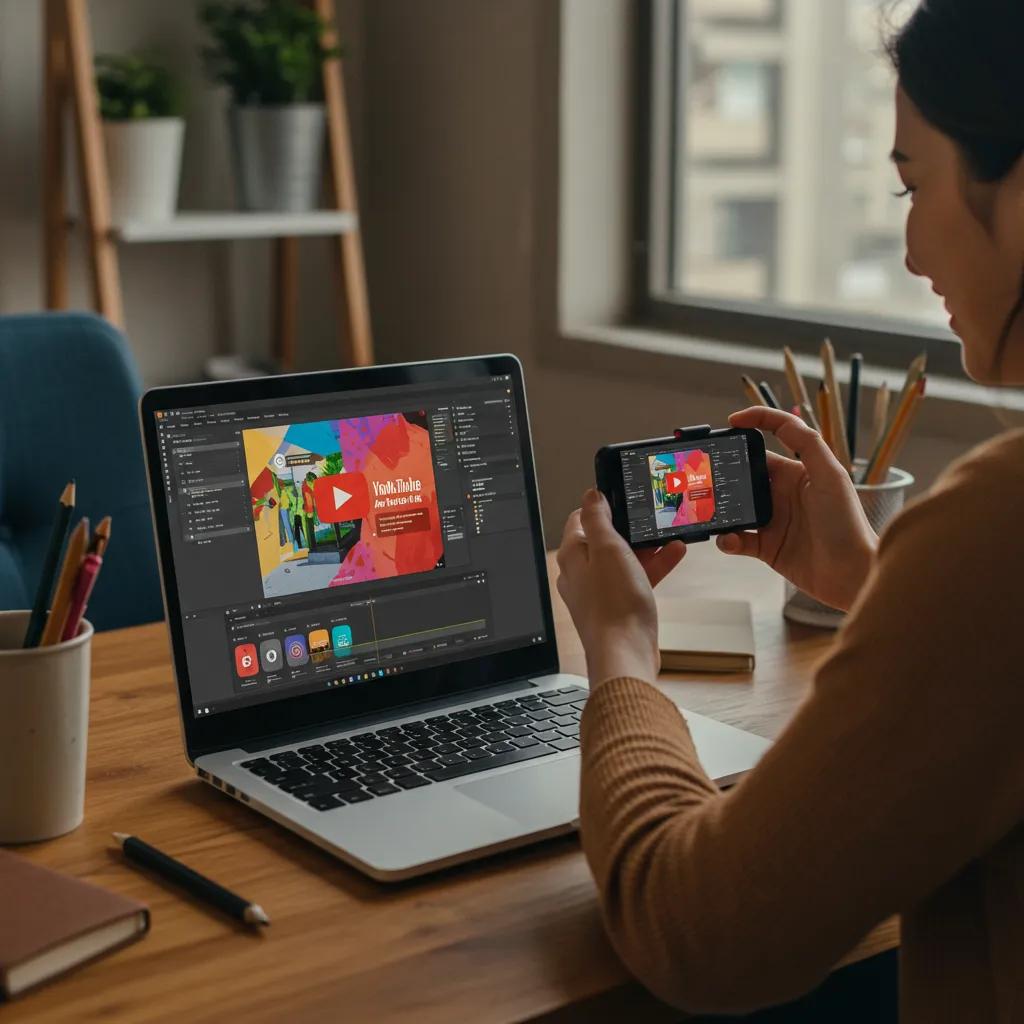As consumer attention increasingly shifts toward visual and interactive content, video advertising—particularly on YouTube—has become a non-negotiable component of an effective digital marketing strategy. With billions of users and sophisticated targeting capabilities, YouTube offers brands an unparalleled opportunity to engage audiences through compelling storytelling, personalized messaging, and measurable results. In this guide, we’ll explore how to make the most of YouTube ads, from choosing the right ad format and optimizing for viewer behavior to leveraging analytics for maximum ROI, so you can connect with customers where they’re already watching and drive meaningful business outcomes.
The Shift to Video Advertising: Make Every Second Count
Why Are YouTube Ads Essential for Small Business Video Advertising?
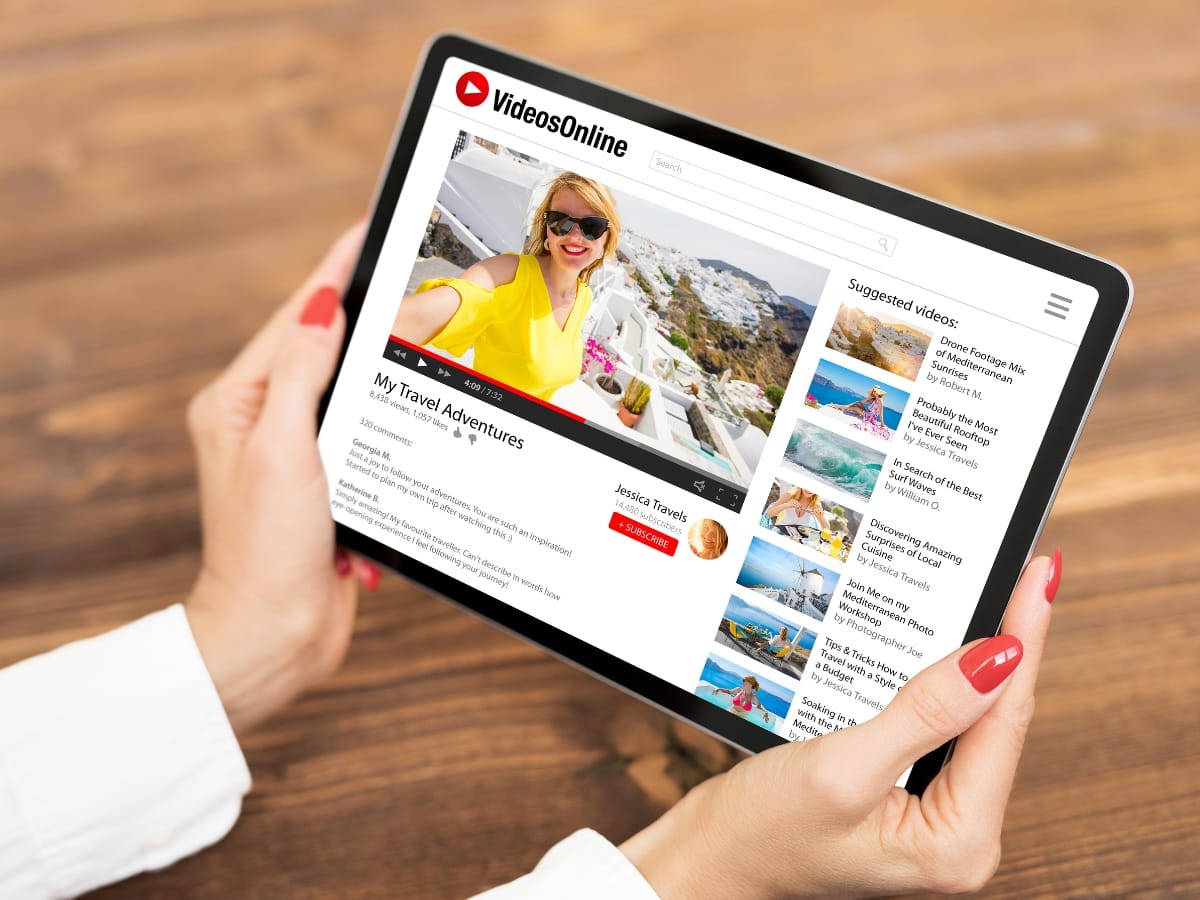
YouTube ads are one of the most effective ways for small businesses to reach potential customers using video. Unlike traditional social media ads that depend on quick scrolling, YouTube attracts users with clear intent—they are actively watching, searching, or learning. This makes YouTube a valuable platform for video advertising, offering higher engagement rates and stronger conversion potential.
Through Google Ads integration, businesses can target viewers based on location, interests, search behavior, and even watch time. YouTube’s bidding models, such as cost-per-view and cost-per-thousand-impressions, give advertisers flexibility to manage smaller budgets while still achieving meaningful results. For small businesses, this means they can start with modest spending, test performance, and scale campaigns as returns grow.
What Makes YouTube a Powerful Platform for Video Advertising?
YouTube combines search intent with discovery behavior, which is what makes it unique among digital advertising platforms. Users often come to YouTube to find specific information, whether it’s tutorials, product comparisons, or entertainment. This gives advertisers a chance to connect with viewers who are already engaged and open to learning.
The platform’s integration with Google Ads and Analytics allows advertisers to measure how viewers interact with their content and what actions they take afterward. This visibility helps small businesses tie video views to real results, such as form submissions, phone calls, or store visits. YouTube effectively supports both brand awareness and performance goals within a single campaign.
How Do YouTube Ads Compare to Other Social Media Advertising Options?
YouTube ads differ from platforms like Facebook, Instagram, or TikTok because they appear in a setting where users are focused on content rather than scrolling through a feed. This intent-driven environment makes YouTube ideal for storytelling and product demonstrations.
While social platforms are great for impulse engagement, YouTube builds awareness and credibility through longer, more informative content. Skippable ads, non-skippable in-stream videos, and bumper ads each serve a purpose within a campaign, allowing businesses to reach viewers across multiple points in the buying journey. The result is a balance between attention, education, and measurable return on investment.
Which Small Business Goals Can YouTube Ads Help Achieve?
YouTube ads can support nearly every marketing objective a small business might have. For brand awareness, short bumper ads and high-frequency in-stream ads help establish visibility. For driving traffic and conversions, video action campaigns and skippable ads with clear calls to action guide users to websites or landing pages. Local businesses can also use location-targeted campaigns to increase foot traffic or promote specific offers.
By aligning each ad format with the correct funnel stage—awareness, consideration, or conversion—businesses can stretch their budgets further and reach audiences with the right message at the right time. Ultimately, leveraging video advertising through YouTube allows small businesses to combine storytelling with measurable performance, creating a scalable strategy that grows alongside their brand.
What Are the Best YouTube Ad Formats for Effective Video Advertising?

YouTube ad formats are specific types of video advertising—skippable in-stream ads, non-skippable in-stream ads, bumper ads, discovery ads, and video action campaigns—each designed for different funnel stages and budget profiles. The principle is simple: choose a format whose user experience and billing model align with your objective, and craft a creative with a strong hook to maximize view rate and CTR. Best-use decisions depend on whether you need reach, compelled attention, brief reminders, or discovery-driven clicks. Small businesses benefit from mixing formats to balance cost and effectiveness.
Below is a concise comparison of common formats to guide your selection.
| Ad Format | Best Use Case (Goal) | Typical Length / Cost Consideration |
|---|---|---|
| Skippable in-stream (TrueView) | Consideration and leads | 12–30s; CPV billing helps control spend |
| Non-skippable in-stream | Guaranteed reach and messaging | 15–20s; CPM costs higher, predictable impressions |
| Bumper ads | High-frequency awareness | 6s; low-cost CPM for broad reach |
| Discovery ads (Video discovery) | Intent capture and channel growth | Thumbnail-driven clicks; cost-per-click approach |
How Do Skippable and Non-Skippable Ads Work on YouTube?
Skippable in-stream ads play before, during, or after videos, allowing viewers to skip after a brief period. Advertisers typically pay on a cost-per-view basis when viewers watch past the mandatory threshold or interact. Non-skippable ads require full viewing and are billed by impression. They are best used when you must guarantee the entire message is seen, but they incur higher costs per impression. Creative best practices differ: skippable ads must hook within five seconds, while non-skippable ads must deliver concise, memorable messaging throughout. Optimizing for each billing model—CPV for skippable and CPM for non-skippable—allows small businesses to align spend with desired outcomes.
When Should You Use Bumper Ads or Discovery Ads?
Bumper ads are six seconds of concentrated brand or offer messaging, ideal for frequency-driven top-of-funnel reach, especially when you need broad impressions on a tight budget. Discovery ads appear alongside search results or as suggested videos, driving intent-driven clicks from users actively exploring topics, making them suitable for channel growth or capturing consideration-stage interest. Use bumpers to increase mental availability and discovery ads to capture curiosity with a compelling thumbnail and title. Combining both offers a balance between scale and qualified traffic without overspending on longer placements.
Which Ad Formats Drive the Most Engagement and Conversions?
Video action campaigns, skippable in-stream ads with clear CTAs, and discovery ads typically drive the most measurable conversions when paired with optimized landing pages and tracking. The mechanism is ad format → user intent → action: formats that invite interaction (clicks, form fills) and align with landing page relevance tend to outperform pure awareness formats for conversions. Sequencing—starting with bumpers to build awareness, followed by skippable or discovery ads for consideration, and finishing with action-focused creatives—creates a funnel that nudges viewers toward measurable results. A/B testing creative variants and CTAs is essential to identify which format and messaging combination yields the best CPA for your business.
How Can Small Businesses Target the Right Audience with YouTube Ads?
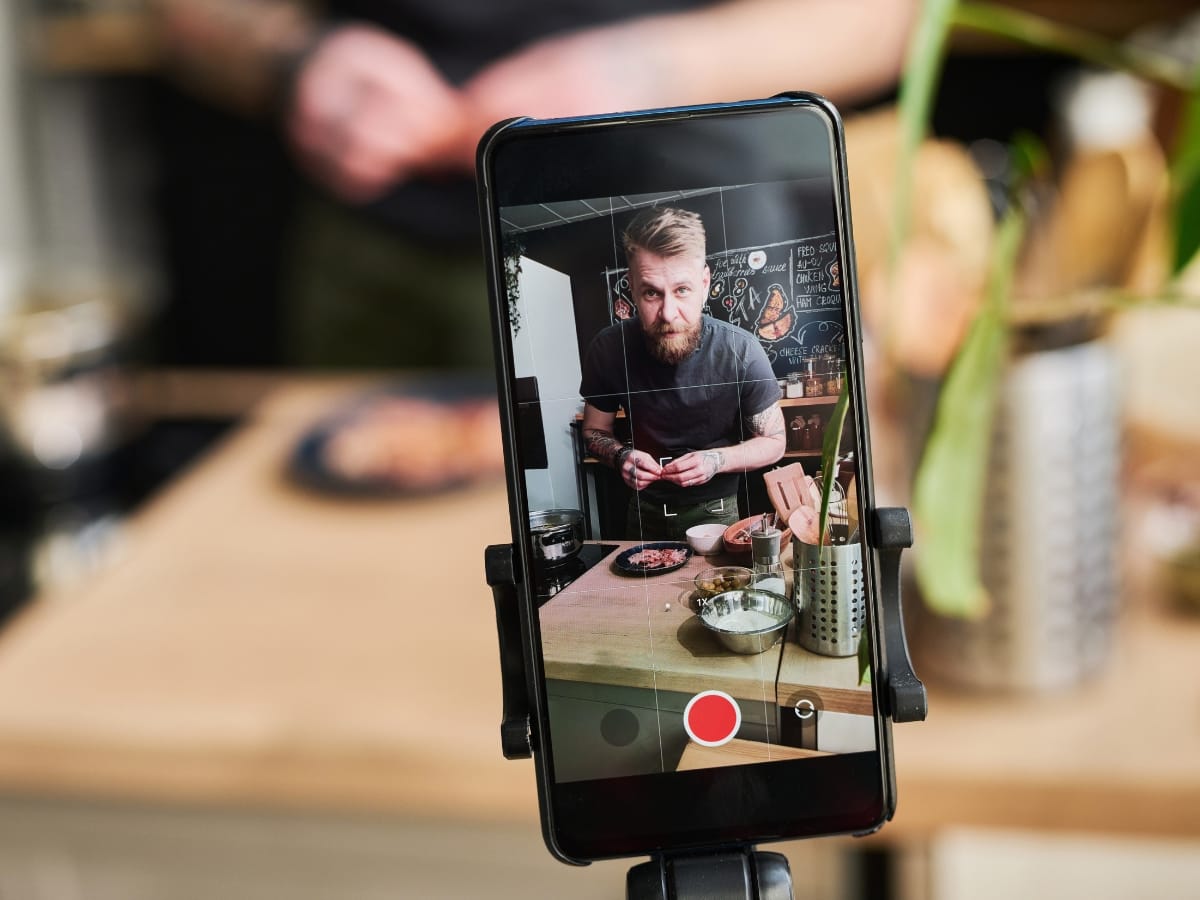
Effective targeting is what makes YouTube one of the most powerful tools for small business video advertising. Through Google Ads, businesses can reach highly specific audience segments based on demographics, interests, purchase intent, and past engagement. This ensures that your video content is shown to people who are most likely to care about your products or services, reducing wasted ad spend and improving overall campaign performance.
For local businesses, YouTube’s location and radius targeting allows campaigns to focus on specific neighborhoods or service areas. When paired with locally relevant offers or creative messaging, this precision helps build stronger connections and encourages real-world engagement. Understanding how to align targeting options with your audience profile and budget is key to creating efficient and effective campaigns.
What Are YouTube’s Key Ad Targeting Features?
YouTube offers several layers of targeting that allow small businesses to tailor their campaigns with precision. Demographic targeting filters audiences by age, gender, or income level. Affinity and interest targeting reaches people based on long-term content preferences, while in-market and custom intent segments focus on users actively searching for related products or services.
Remarketing options take this one step further by re-engaging users who have already visited your website or watched your videos. By combining these methods, small businesses can balance brand awareness and conversion-focused efforts, maximizing the impact of every view. The right mix of targeting strategies results in higher engagement, stronger click-through rates, and better returns on ad spend.
How to Use Location and Local Targeting for Business Growth
Local targeting is one of YouTube’s most effective tools for small businesses looking to drive traffic in specific areas. By setting geographic boundaries such as cities, zip codes, or defined mile radiuses, you can ensure your ads only appear to nearby viewers. Adjusting bids for high-value locations further refines reach, helping prioritize impressions in areas where conversions are more likely.
Creating localized ad creatives also enhances performance. Referencing local landmarks, seasonal events, or neighborhood names makes the ad feel more relevant and trustworthy. When combined with consistent local SEO and Google Business Profile updates, these strategies strengthen brand visibility across both search and video.
Can Remarketing Improve YouTube Ad Campaign Results?
Remarketing can significantly improve the performance of YouTube campaigns by keeping your business top of mind for potential customers. It targets users who have interacted with your brand before, such as website visitors, email subscribers, or previous video viewers. Showing follow-up ads with tailored messages encourages repeat engagement and increases the likelihood of conversion.
To make remarketing more effective, sequence your ads based on the customer journey. Start with awareness videos, then follow up with product demos or special offers for those who previously engaged. Keeping frequency balanced helps maintain interest without oversaturating your audience.
By using remarketing alongside smart demographic, intent-based, and local targeting, small businesses can make video advertising more efficient and profitable. With careful planning and testing, YouTube campaigns can reach the right people at the right time—turning views into loyal customers.
How Do You Measure and Maximize ROI from YouTube Advertising?

Measuring YouTube ROI requires tracking view-based metrics alongside conversion data and attributing outcomes through Google Ads and Google Analytics so you can connect ad interactions to real business results. The process involves linking ad engagement (view rate, CPV) to downstream behavior (site sessions, form completions, purchases) and calculating CPA or ROAS to evaluate efficiency. Small businesses should prioritize a few actionable metrics and use them to drive optimization decisions, such as adjusting bids, narrowing audiences, or revising creative. A short reference table below maps key metrics to actions to simplify campaign optimization.
| Metric | What It Shows | Action to Take |
|---|---|---|
| View Rate | Percentage of impressions that turned into views | Test stronger hooks and thumbnails to improve engagement |
| CPV / Cost-per-View | Cost to get a view (skippable ads) | Lower bids or refine audiences to reduce CPV |
| CTR | Click-through rate from video to landing page | Improve CTA clarity and landing page alignment |
| Conversion Rate | Percentage of clicks that convert | Optimize landing page and post-click experience |
| CPA / ROAS | Cost per acquisition or return on ad spend | Shift budget to top-performing audiences and creatives |
This table links metrics to practical optimization steps so small businesses can act on performance data rather than guesswork.
What Metrics Should Small Businesses Track for YouTube Ads?
Small businesses should track a concise set of metrics—view rate, CPV, CTR, conversion rate, CPA, and ROAS—because these metrics map cleanly to creative quality, audience relevance, and economic performance. View rate measures engagement; CPV and CPM measure cost efficiency; CTR indicates creative-to-landing-page relevance; conversion rate and CPA reflect post-click performance; ROAS shows overall economic return. Prioritizing these metrics reduces analysis overload and helps teams make direct changes like pausing underperforming creatives or reallocating budget. Setting target ranges and monitoring weekly provides the feedback loop necessary for iterative improvement.
How to Analyze YouTube Ad Performance Using Google Analytics?
Link Google Ads and Google Analytics, apply UTM tagging to landing page URLs, and use acquisition and conversion reports to understand how video traffic behaves relative to other channels. The steps are: link accounts, ensure auto-tagging or consistent UTMs, set up goal tracking or e-commerce events, and review behavior flow and assisted conversions to attribute value. Cross-channel reports reveal whether YouTube drives first-touch awareness or last-click conversions, guiding budget allocation. Small businesses should run weekly dashboards that compare cost-per-conversion and user quality from video versus search and display.
What Strategies Improve ROI and Lower YouTube Ad Costs?
To improve ROI and reduce costs, apply prioritized tactics: tighten audience targeting to reduce wasted impressions, run creative A/B tests to improve view rate and CTR, use CPA or target ROAS bidding once you have conversion data, and align landing pages to ad promises for higher conversion rates. The mechanism is iterative testing—change one variable, measure its impact on CPV/CPA, and scale winners. Technical optimizations such as faster landing pages and clear post-click CTAs reduce friction and improve conversion rate. Together, these steps lower cost-per-acquisition while maintaining or improving return.
Newman Web Solutions measures campaign ROI using linked Google Ads and Analytics reporting. Their Paid Advertising Services include campaign reporting and ongoing optimization to shift budgets toward high-performing audiences and creatives. They generate monthly performance summaries that map metrics to actions, helping small businesses understand where spend drives real revenue.
How Can Small Businesses Create Effective YouTube Ads That Convert?
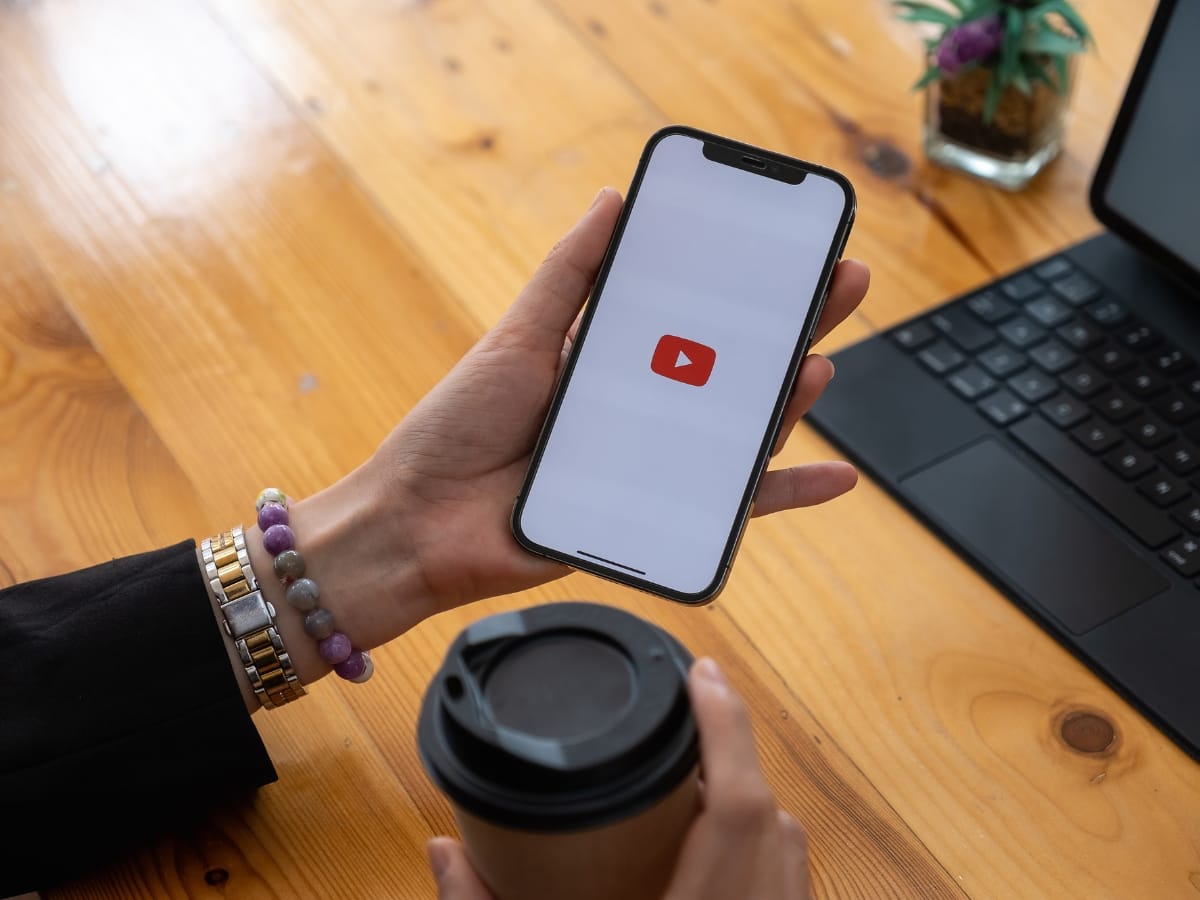
Creating YouTube ads that convert starts with a simple structure: grab attention quickly, highlight value clearly, and guide viewers toward a single action. The first few seconds matter most, so open with a compelling statement, relatable question, or a bold visual. Your message should focus on one benefit or solution rather than trying to cover everything at once.
For short videos, keep the message direct and ensure your logo appears early. For longer spots, use a concise narrative that introduces a problem, shows how your business solves it, and closes with a clear next step. Building repeatable templates for openings, calls to action, and captions helps small teams produce content faster without sacrificing quality.
What Are the Best Practices for YouTube Video Ad Content?
Strong YouTube ads rely on clarity and consistency. Start with an engaging hook in the first few seconds, followed by a focused message that aligns with your landing page or offer. Keep your visuals clean, your text easy to read, and your tone conversational. Consistent branding—colors, fonts, and logos—builds recognition and trust across campaigns.
Adding captions ensures accessibility and helps reach viewers who watch with sound off. Pair that with thumbnails and titles that match the ad message so viewers know what to expect before clicking. For shorter ads under 15 seconds, stick to one core idea. For 30-second ads, structure it as a mini story that builds emotional connection before prompting action.
How to Craft a Clear Call to Action in YouTube Ads
A good call to action (CTA) tells viewers exactly what to do next and why. It should be short, specific, and tied directly to your offer. For example, “Book your appointment today” or “Watch the full demo now” works better than vague statements like “Learn more.” Mentioning a benefit, such as “Save 10% when you sign up this week,” adds urgency and incentive.
Your CTA should appear both visually and verbally to reinforce the message. Use on-screen text, end cards, or clickable overlays to make the next step obvious. Testing different phrasing can reveal which version resonates most with your audience and drives the highest conversions.
Which Tools Help Small Businesses Produce Professional YouTube Ads?
Small businesses don’t need big budgets to produce professional-quality video advertising. A modern smartphone, natural lighting, and a lapel microphone can create clear, high-quality footage. Free or low-cost editing tools like CapCut, Canva, or Adobe Express make it easy to add captions, animations, and polished transitions.
Pre-made templates and automated caption generators simplify the process of creating multiple ad versions for testing. Using these tools helps maintain a steady flow of fresh creatives, which keeps campaigns relevant and performing well over time. By focusing on clarity, storytelling, and consistent testing, small businesses can use video advertising to attract attention, build trust, and drive measurable results on YouTube.
What Are the Latest Trends in Video Advertising and YouTube Ads?
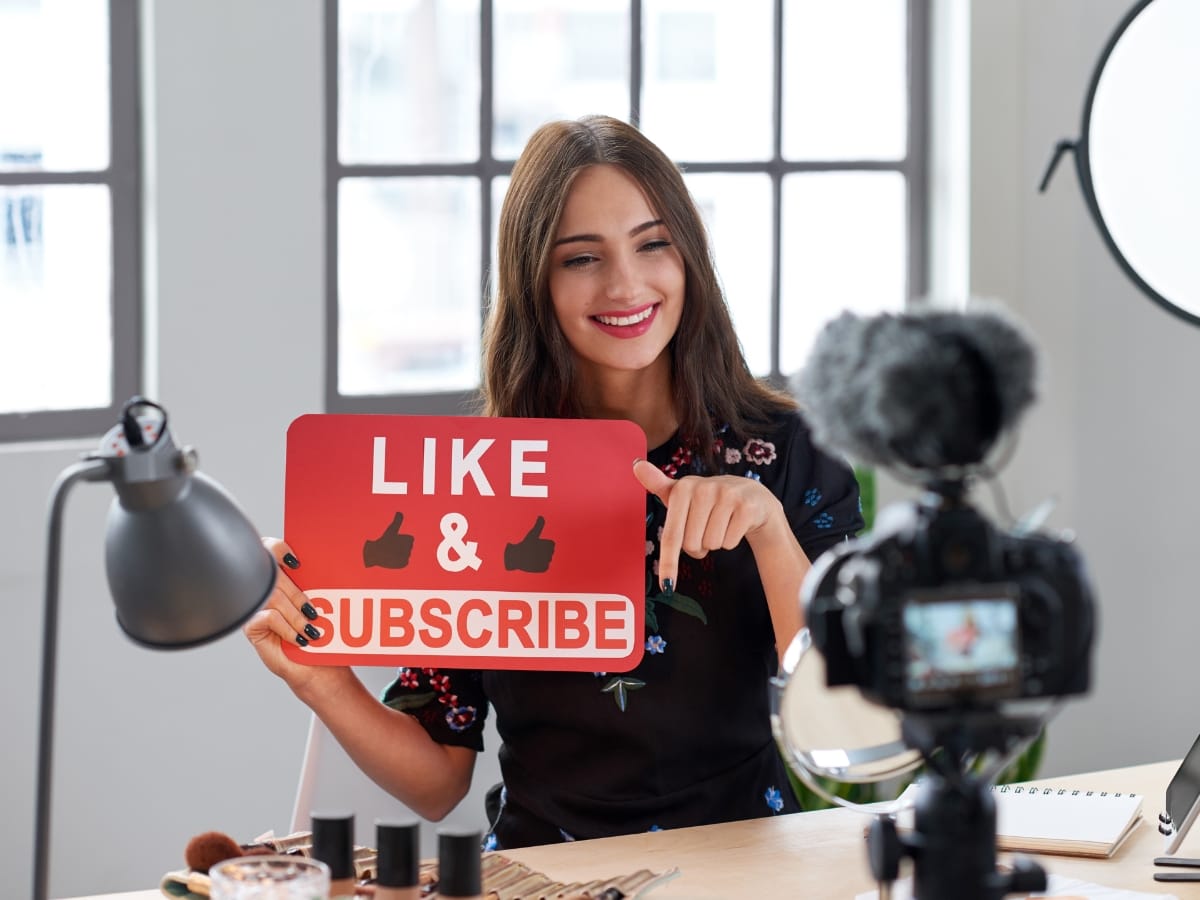
Video advertising is shifting toward short-form formats, AI-assisted creative testing, and privacy-conscious targeting. These trends reshape small-business strategies as of 10/2025. Short-form and vertical content demand punchy hooks and asset repurposing across platforms, while AI tools help generate creative variants and suggest bidding strategies. Privacy changes reduce some granular targeting but increase the value of first-party data and remarketing. Understanding these trends helps small businesses prioritize formats and data strategies that remain effective despite market shifts.
How Is Video Advertising Evolving for Small Businesses?
Video trends favor repurposing long-form content into multiple short clips, cross-platform amplification, and a stronger emphasis on conversion measurement rather than vanity metrics. The mechanism is economy of assets—one shoot produces a bumper, a 15s ad, and a longer testimonial—maximizing reach and testing opportunities. For small budgets, repurposing extends creative lifespan and reduces cost per test. As platforms converge, coordinated messaging across search, social, and video increases overall ROI.
What Role Does AI and Automation Play in YouTube Ad Campaigns?
AI and automation help generate creative variants, optimize bids, and predict audience performance by analyzing historical campaign data, enabling faster iteration with less manual effort. The mechanism—automated bidding, responsive ad assembly, and algorithmic audience suggestions—reduces repetitive tasks and surfaces higher-performing combinations. Small businesses should use automation for scale but apply guardrails: review creative outputs, monitor brand safety, and regularly test human-crafted messaging. Combining AI speed with human oversight yields efficient and safe optimization workflows.
How Are Local Businesses Leveraging YouTube Ads Differently?
Local businesses emphasize geo-specific creative, time-sensitive offers, and community cues—mentioning neighborhoods, landmarks, or local events—to increase relevance and intent among nearby viewers. The mechanism is local signal amplification: align ad creative and targeting with offline signals like local SEO and Google Business Profile to create consistent discovery-to-conversion journeys. Examples include restaurants promoting limited-time local discounts, service providers offering neighborhood-specific appointments, and retailers advertising weekend deals to nearby shoppers. These tactics increase store visits and strengthen community awareness when combined with measurement that tracks local outcomes.
How Can Newman Web Solutions Support Small Businesses with YouTube Advertising?
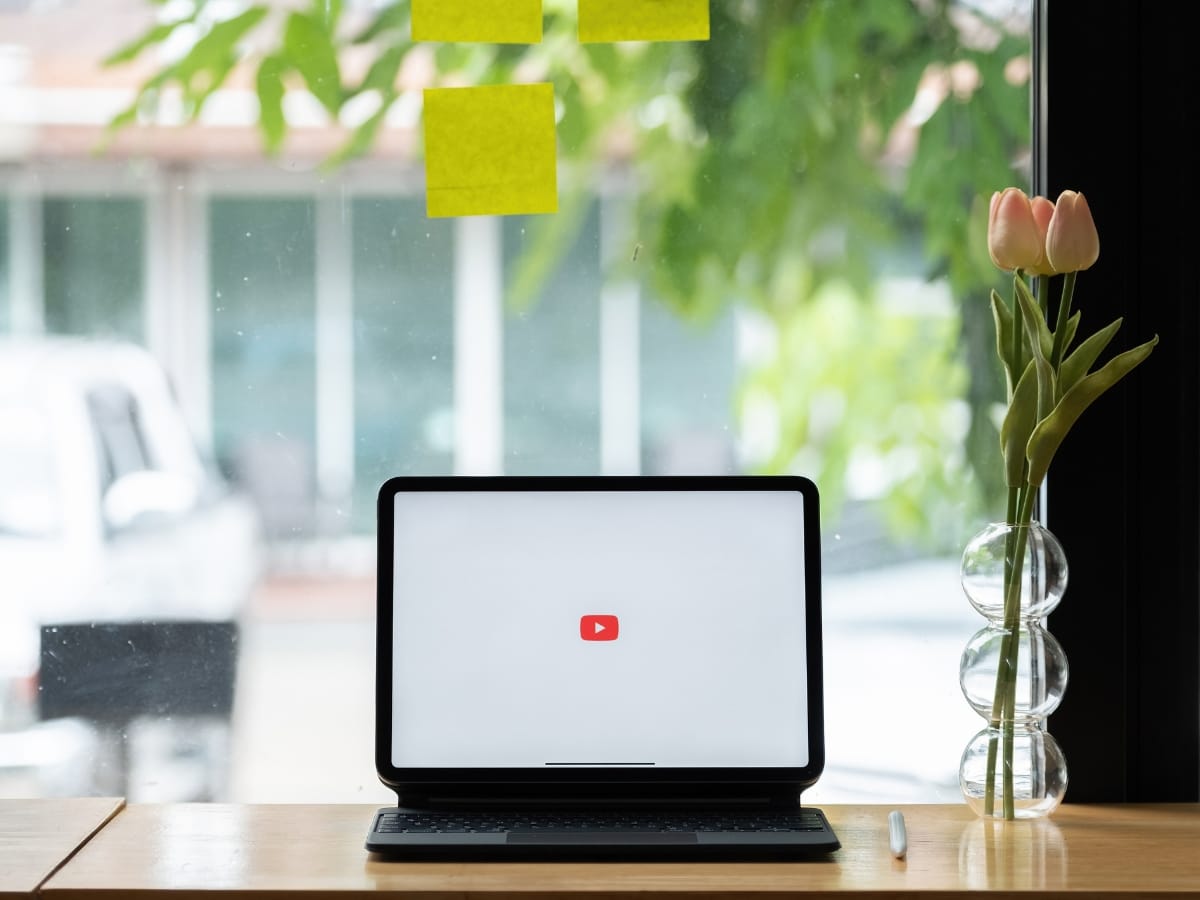
Newman Web Solutions helps small and local businesses make the most of video advertising by combining creative strategy with data-driven execution. Their approach focuses on connecting YouTube campaigns to real outcomes such as lead generation, brand awareness, and local visibility. Each campaign starts with a review of the business’s current digital presence, followed by a tailored roadmap that outlines targeting, creative direction, and measurable goals.
The agency’s team manages every stage of YouTube advertising, from concept development to performance tracking. This consultative model ensures campaigns are efficient, scalable, and aligned with each client’s marketing objectives. By pairing strong creative work with strategic ad placement, small businesses can reach the right audience and turn engagement into measurable growth.
What Customized YouTube Ad Solutions Does Newman Web Solutions Offer?
Newman Web Solutions develops personalized YouTube advertising strategies that are built around each client’s goals and budget. Their process includes targeting setup, creative direction, campaign management, and continuous optimization. The goal is to make every dollar spent more effective by ensuring the right message reaches the right audience at the right time.
Integrating YouTube ads with analytics and remarketing tools allows for accurate tracking of conversions and engagement. This approach helps identify which ads drive the most traffic or generate the highest return, creating a clear link between video views and business outcomes. Whether the goal is to increase online sales or attract local foot traffic, each campaign is designed to deliver measurable results.
How Does the Marketing Strategy Session Help Plan YouTube Ads?
The marketing strategy session serves as an entry point for businesses that want clarity before launching a YouTube campaign. During the session, the team reviews the company’s online presence, audience insights, and ad performance potential. They then provide a suggested budget range, recommended ad formats, and an easy-to-follow setup plan.
This session often identifies quick opportunities for improvement, such as refining target audiences or updating creative assets. The result is a customized action plan that outlines next steps for running successful video ads. It’s an efficient way for small business owners to understand what’s possible with video advertising before committing significant resources.
Why Choose Newman Web Solutions for Local YouTube Advertising?
What sets Newman Web Solutions apart is its deep understanding of how local businesses operate. Their campaigns emphasize neighborhood-level targeting, authentic storytelling, and consistent branding across digital channels. This local focus ensures that YouTube ads connect with the right audiences and reflect the tone and values of the community.
By combining creative production, audience targeting, and performance measurement under one roof, the agency simplifies campaign management and speeds up optimization. Small businesses gain a clearer picture of how video advertising contributes to growth, whether through lead generation, increased visibility, or in-person visits.
Ultimately, Newman Web Solutions provides small businesses with a repeatable framework for successful video advertising—one that builds awareness, drives action, and supports long-term brand growth.
Frequently Asked Questions

What is the ideal length for YouTube ads to maximize viewer engagement?
The ideal length for YouTube ads varies based on the format and goal. For skippable in-stream ads, a duration of 12 to 30 seconds is recommended to capture attention while providing enough information. Bumper ads, which are non-skippable, should be limited to 6 seconds to deliver a concise message. For longer narratives, 15 to 30 seconds can be effective, but it’s crucial to hook viewers within the first few seconds to maintain engagement. Testing different lengths can help identify what resonates best with your audience.
How can small businesses effectively repurpose existing content for YouTube ads?
Small businesses can repurpose existing content by breaking down longer videos into shorter clips suitable for YouTube ads. For instance, a 5-minute tutorial can be segmented into multiple 15-second snippets highlighting key points. Additionally, testimonials or case studies can be condensed into impactful short-form ads. This approach not only saves production costs but also maximizes the use of existing assets, allowing businesses to maintain a consistent presence across platforms while testing various messages and formats for effectiveness.
What are some common mistakes to avoid when creating YouTube ads?
Common mistakes in creating YouTube ads include failing to hook viewers within the first few seconds, using overly complex messaging, and neglecting to include a clear call to action (CTA). Additionally, not optimizing for mobile viewing can lead to lost engagement, as many users watch videos on their phones. It’s also crucial to avoid targeting too broadly; instead, focus on specific audience segments to ensure relevance. Regularly reviewing ad performance and making adjustments based on viewer feedback can help mitigate these issues.
How can small businesses ensure their YouTube ads are compliant with advertising regulations?
To ensure compliance with advertising regulations, small businesses should familiarize themselves with the guidelines set by platforms like YouTube and the Federal Trade Commission (FTC). This includes disclosing any sponsorships or partnerships, avoiding misleading claims, and ensuring that all content is appropriate for the target audience. Additionally, businesses should regularly review their ads for compliance and consider consulting with legal experts or marketing professionals to navigate complex regulations effectively, especially when promoting sensitive products or services.
What role does audience feedback play in optimizing YouTube ad campaigns?
Audience feedback is crucial for optimizing YouTube ad campaigns as it provides insights into viewer preferences and engagement levels. Analyzing comments, likes, and shares can help businesses understand what resonates with their audience. Additionally, using tools like surveys or polls can gather direct feedback on ad effectiveness. This information allows businesses to refine their messaging, adjust targeting strategies, and improve overall ad performance. Regularly incorporating audience feedback into campaign strategies fosters a more responsive and effective advertising approach.
How can small businesses track the effectiveness of their YouTube ads?
Small businesses can track the effectiveness of their YouTube ads by utilizing Google Ads and Google Analytics to monitor key performance metrics such as view rate, click-through rate (CTR), and conversion rate. Setting up UTM parameters on landing pages allows for detailed tracking of traffic sources and user behavior. Additionally, businesses should regularly review reports to assess which ads drive the most engagement and conversions, enabling them to make data-driven decisions for future campaigns. A/B testing different ad formats and messages can further enhance tracking efforts.
Conclusion
Video advertising, particularly on YouTube, is no longer just an option—it’s an essential channel for reaching modern audiences where they are. To stand out, brands need more than just visibility; they need compelling creative and data-driven strategy. At Newman Web Solutions, we specialize in crafting ad campaigns that capture attention, drive action, and deliver measurable ROI. Ready to harness the power of video? Call (404) 301-9189 or schedule your free 30-minute strategy session today—and let’s create ads that don’t just get seen, but get results.

